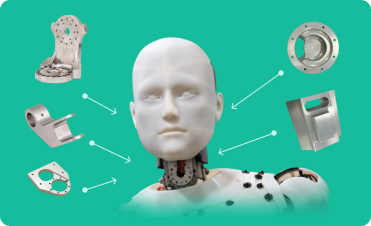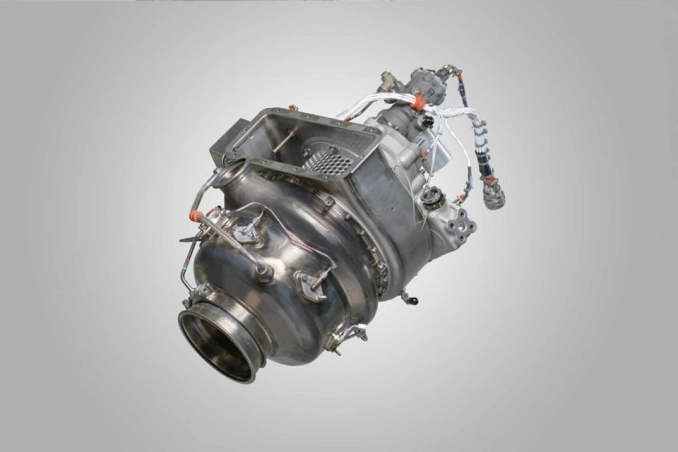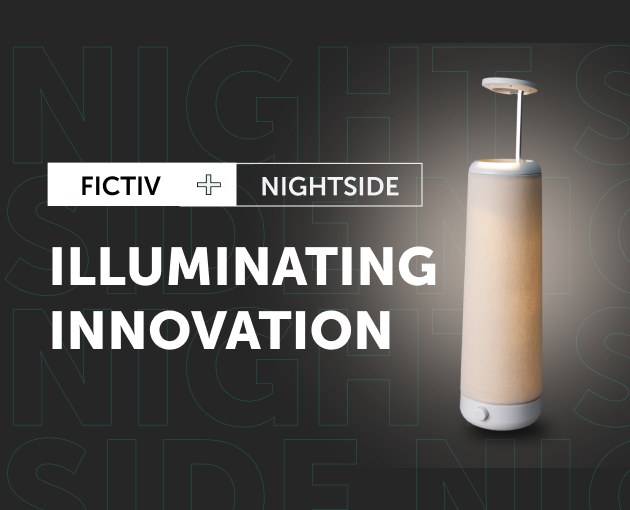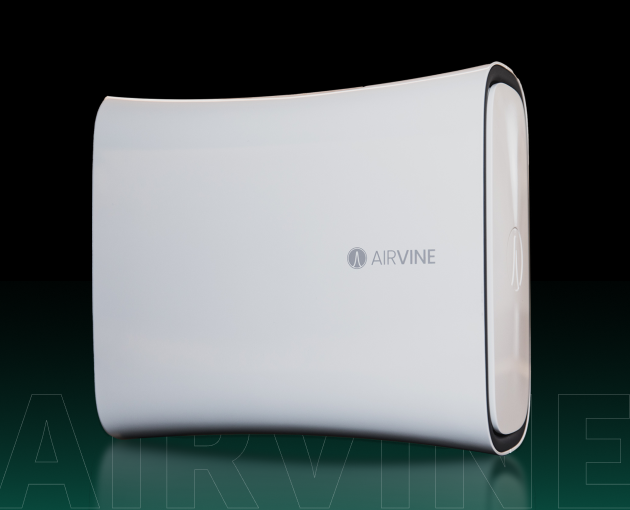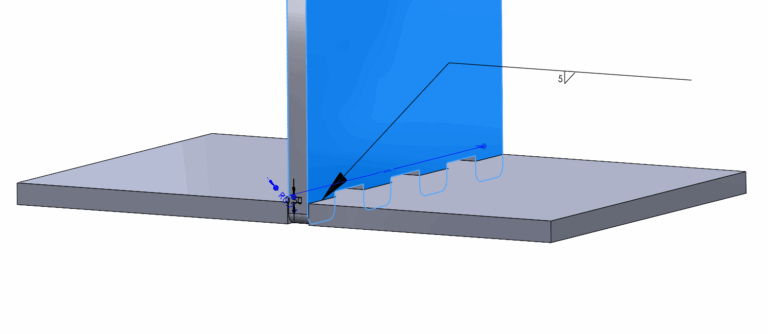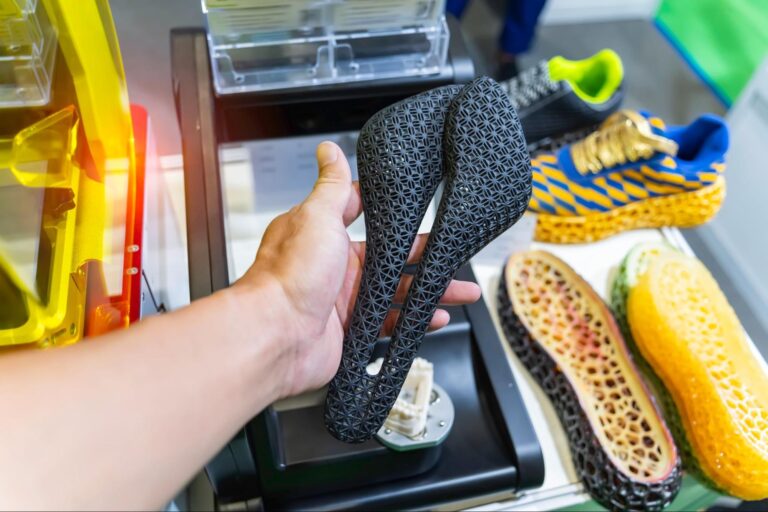Time to read: 7 min
Micro molding is more than just the manufacturing of small plastic parts; it represents a highly specialized apex of injection molding, where precision is measured in microns and tolerances are tighter than a human hair. It is the enabling technology behind modern medicine’s life-saving catheters, connectors found in your smartphone, and fluid circuits that enable the newest scientific research.
This article aims to explore the concept of micro molding, with an emphasis on the unique blend of advanced materials, precision engineering, and specialized design principles used to scale up concepts from the microscopic world and produce them at a mass scale.
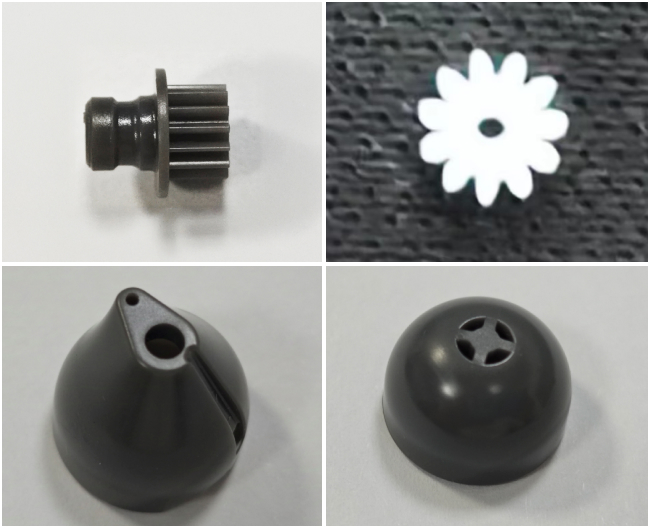
What Is Micro Molding?
A common misconception is that micro molding is just a different way to say “small part” molding. While both are clearly describing parts that are small and will certainly share some commonality, the distinction is critical. Micro molding is defined by its precision at an extreme scale:
- Part Weight: Parts typically weigh under a gram, often in the milligram range. A grain of rice weighs approximately 30 mg; parts that are micro-molded can even be lighter.
- Feature Size: Important features–such as fluid channels, gates, or structural ribs–are measured in microns (one-thousandth of a millimeter). Typically, the 10–100 micron feature size range is a dimension at which traditional rules of thumb cannot predict the behavior of materials.
- Tolerances: The ultimate test of a micro molder is its ability to maintain repeatable dimensional tolerances of single-digit micrometers (e.g., ±2–5 µm) under production conditions. This level of repeatability requires near-perfect control of the process.
The differences can be found in the precision of the micro molding process. Traditional injection molding uses process parameters such as injection speed, holding pressure, and heat management that operate within relatively wide ranges. In the micro world, these factors can be even more tightly controlled. Even an insignificant variation in a macro part can spell disaster in a micro part. Thus, success relies on understanding that micro molding is its own unique discipline with a specific set of physical and engineering challenges.
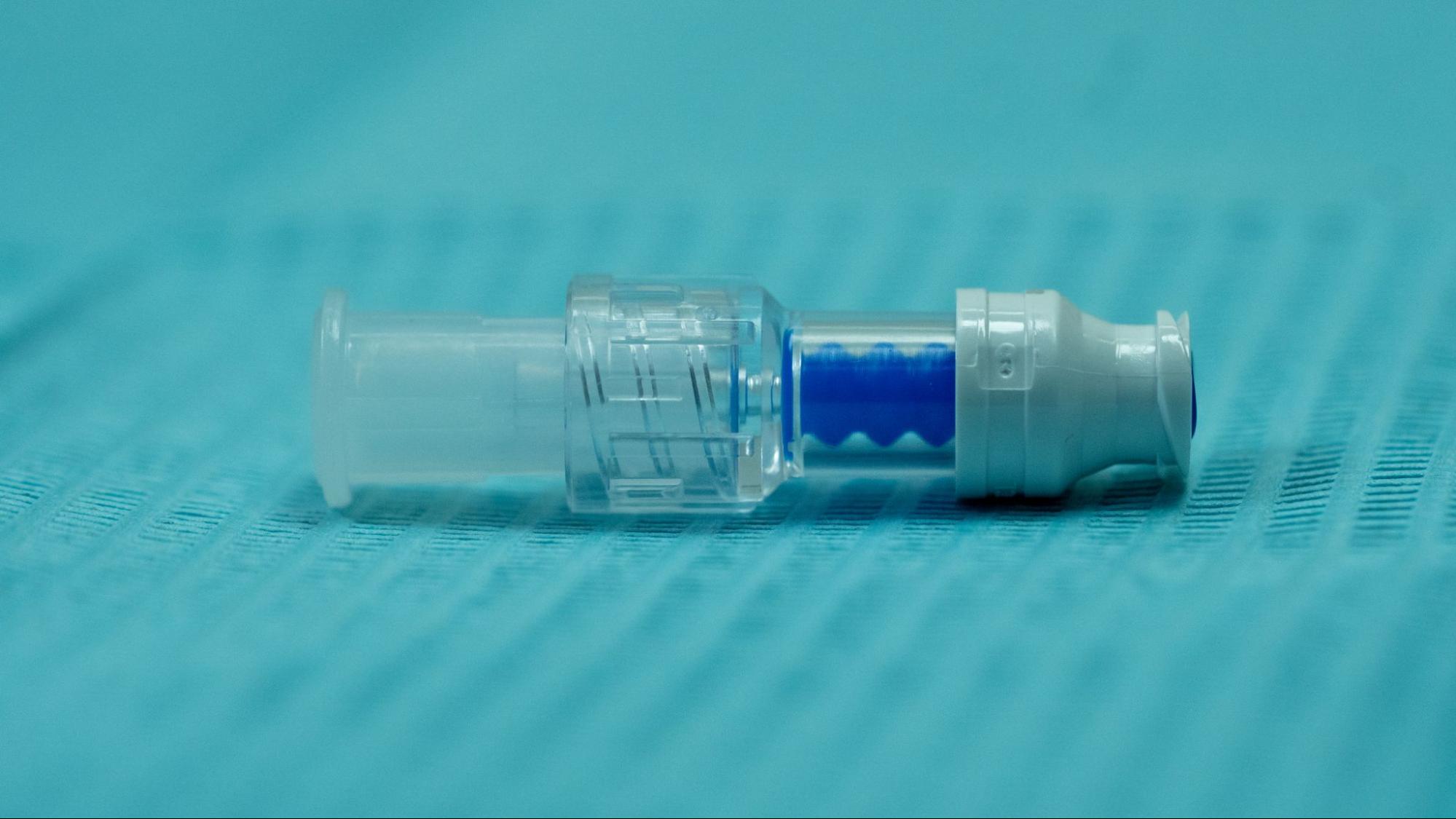
Materials for Micro Injection Molding
Handling of materials for micro molding presents a set of challenges. Shot sizes are sometimes measured in milligrams, meaning even a slight variation in moisture content or melt viscosity can create defects. As a result, precise drying and conditioning are not merely recommended—they are almost always a prerequisite. Additionally, using standard flow simulation software often leads to inaccuracies. Successful micro molders have highly specialized rheological data calibrated for micro-scale flow.
Some high-performance materials suited to micro molding are:
PEEK (Polyether Ether Ketone)
Provides a unique combination of high-strength properties, excellent chemical resistance, and the ability to be subjected to repeated sterilization. PEEK’s inherent biocompatibility makes it ideal for long-term implantable products.
LCPs (Liquid Crystal Polymers)
Valued for their excellent dimensional stability and low viscosity, LCPs flow extraordinarily well, enabling them to fill very long, narrow paths without any degradation. LCPs are typically utilized in micro connectors, sophisticated sensor housings, and packaging applications in the electronics industry, where pin-to-pin spacing is very tight.
PPSU (Polyphenylsulfone)
Recognized for its exceptional toughness and clarity, PPSU can withstand conditions requiring autoclaving and sterilization by gamma radiation. It is an economical and effective material for reusable, minimally invasive surgical instruments, as well as transparent microfluid parts.
Specialty Biocompatible Polymers
A variety of resins, including certain grades of polyethylene and polycarbonate, are manufactured for single-use applications that serve patient safety as the utmost priority. These include surgical instruments, drug delivery devices, and microfluidic consumables.
Check out our materials guide and materials.AI tool for help selecting injection molding resins.
Tooling and Machine Requirements for Micro Molding
The foundation of micro molding is tooling accuracy. The mold must be a marvel of engineering, in many cases, manufactured to a tighter tolerance than the parts it makes.
Micro Tooling Design and Machining
EDM, femtosecond laser use, and diamond turning are advanced techniques that can provide mirror-finish surfaces and razor-sharp definition when traditional milling falls short. Mold venting is a critical and delicate issue. Air must escape from each tiny cavity without letting the viscous polymer flash (leak out), so vents are machined to a depth of a few microns. Ejector systems are similarly refined, often using micro pins, air blasts, or vacuum assist to enable gentle demolding of the delicate parts without deformation and drag marks.
Specialized Injection Molding Machines
Standard injection molding presses are simply too crude for this process. True micro molding machines are engineered from the ground up to be accurate:
- High-resolution injection units can shoot volumes less than 0.1 cm³ with amazing accuracy, using proprietary plunger or screw designs to reduce the material’s residence time and shear degradation.
- Servo-controlled clamps ensure perfect, repeatable alignment and tonnage, which is critical for preventing flash in delicate tools where even a micron of misalignment can be disastrous.
- Handling these small parts is frequently impractical by hand, so integrated vision-assisted robots can be used for part removal, in-process inspection, and assembly.
- Relative to standard injection molding, the molds are smaller; as a result, they cost less, fill more easily and quickly, and facilitate precise temperature control – meaning fine features come out with extraordinary detail.
- The travel of machine movements is short and fast, further speeding up cycle time.
- The required power, both for heating and clamping, is a fraction of that required by standard injection molding machinery.
Key Design Considerations for Micro Molding
Designing for micro molding involves thinking in terms of simplicity, uniformity, and understanding process capabilities.
Wall Thickness
Uniform wall thickness may be the most important rule of all. Varied wall thickness results in varied cooling rates. This causes sink marks, warpage, or internal stress, potentially ruining the function of a part.
Gate Design
Gates should be extremely small to allow for easy separation from the part. The balance of the gate location depends both on getting a complete fill and keeping the vestige as small as practical, depending on the assembly or fluid flow.
Draft Angles
Draft is still necessary, but the draft angles can be smaller than in conventional molding due to shorter draw depths and lower shrinkage forces on thin walls. The angle will depend on surface finish (texture) and demolding strategy.
Tolerancing
The designer should work with their manufacturing partner to set realistic tolerances. Putting excess tolerances on a part may make it impossible or very expensive to manufacture. Understanding the process capability of the mold supplier is necessary.
Simplicity Is Key
Every new feature, undercut, or change in wall thickness will significantly escalate the variation risk. The most effective micro-molded designs are elegantly simple and designed for the process.
Download our injection molding design guide for more DFM tips.
Challenges in Micro Molding
Flash Prevention
A burr of a few microns can jam a microfluidic channel or interfere with a medical device assembly. Flash prevention at this level requires a robust mold alignment system, excellent maintenance of tooling, and near-flawless injection and clamping control.
Inspection and Metrology
Quality control requires capital investment in higher-level equipment. You cannot measure a 20-micron feature with calipers or even an optical comparator. Scanning electron microscopy, microCT scanning, and vision systems with submicron resolution are tools of the trade.
Process Control
The operating parameters are exceptionally narrow. Statistical Process Control (SPC) is not just a best practice but a necessity to monitor for subtle shifts in pressure, temperature, or speed that could lead to a batch of nonconforming parts.
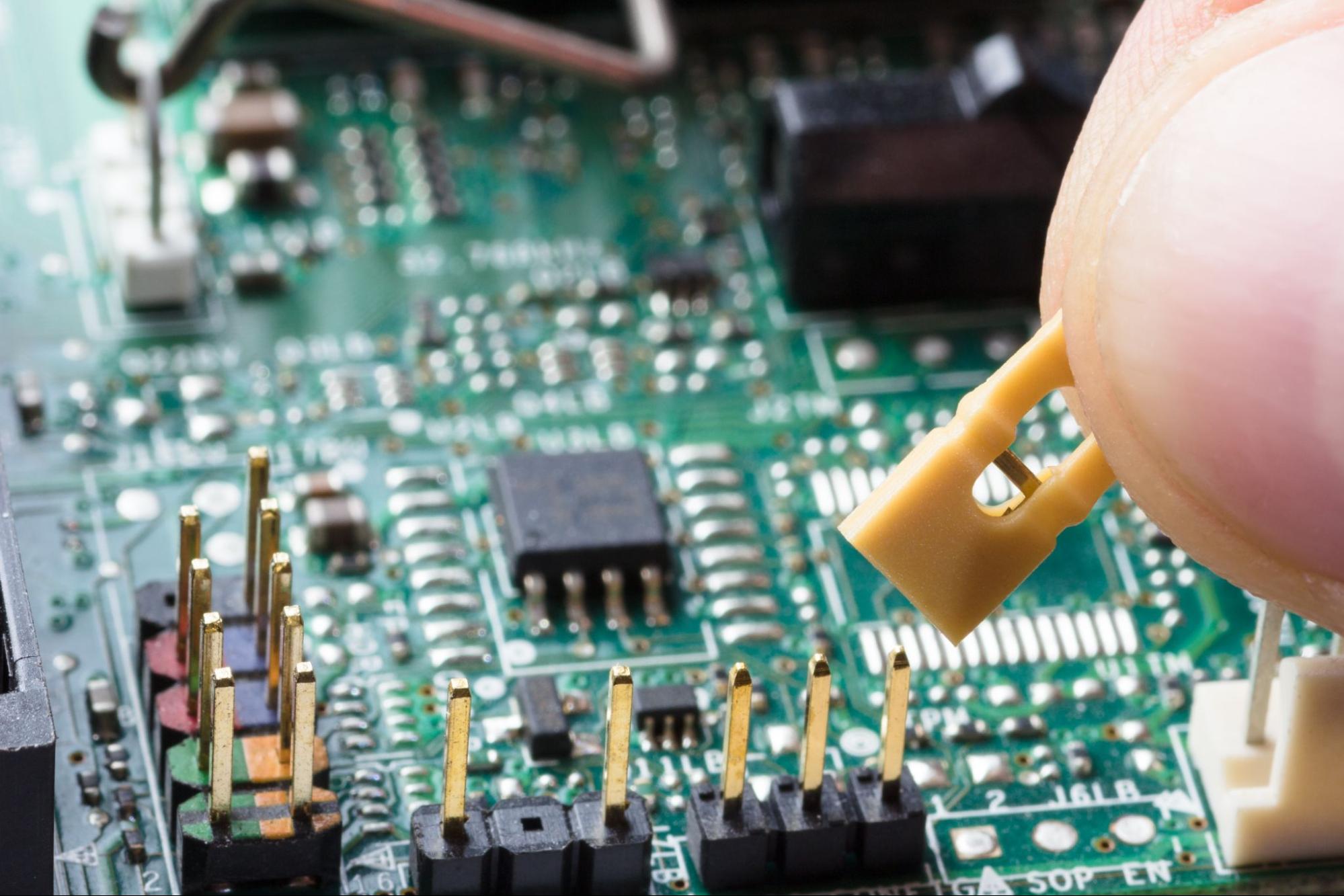
Industry Applications of Micro Molding
Micro molding is the silent enabler behind countless advanced products that define modern technology. The table below gives examples of industries matched to micro-molded parts:
| Industry | Example Part | Key Benefit of Micro Molding |
| Medical Technology | Components for implantable neurostimulators (e.g., hermetic housings, connector headers) | Enables miniaturization of critical components that are biocompatible, chemically inert, and can be reliably sealed for a patient’s lifetime, drastically improving quality of life |
| Consumer Electronics | Micro connectors for high-density circuit boards in smartphones and wearables | Allows for the extreme miniaturization of interconnects, supporting the trend toward smaller, more powerful, and more feature-rich portable devices |
| Aerospace | Lightweight, high-strength fasteners and brackets for satellite systems | Produces parts with an exceptional strength-to-weight ratio, contributing to significant weight reduction, which directly translates to lower launch costs and increased payload capacity |
| Micro-fluids | Diagnostic cartridges for point-of-care “lab-on-a-chip” blood analyzers | Creates intricate, highly accurate networks of micro-channels and reaction chambers, enabling complex diagnostic tests from a single drop of blood with rapid results |
Alternatives and Complementary Processes
Generally, micro molding is the preferred choice for high-volume production of complex, high-precision plastic parts. Although micro molding presents significant benefits, it is not the only approach to producing small parts. It is essential to evaluate alternatives depending on volume, material, and complexity.
CNC Micromachining
CNC machining works well for prototyping applications and producing small volumes of metal parts, as well as simple plastic geometries. However, it is not as suitable for very complex internal features, and it can become costly at higher volumes. For prototyping, bridge tools, or small-batch work of metal parts, micromachining is often the logical path.
Micro 3D Printing (e.g., Two-Photon Polymerization)
This offers design freedom like no other process and is great for highly complex lattice-like structures and rapid prototype concepts that are “unmoldable.” However, it suffers from an uneven surface finish and the limited availability of engineering-grade materials. For R&D or highly complex, non-moldable geometries, micro 3D printing serves as a critical bridge to proof of concept.
Micro Molding as a Key Enabler of Miniaturization
Micro-molded parts present significant implications beyond a niche manufacturing activity. They facilitate technological growth in anticipated innovations. Through an understanding of the convergence of materials science, precision engineering, and design intelligence unique to this endeavor, innovators can reinvent the boundaries of size in the development process and industrialize the next innovative design for miniaturized devices.
The opportunity is evident for designers and engineers alike; designing for micro molding is a logical pathway to usher in the next series of medical, electronic, and scientific innovations. In the contemporary world, the largest ideas are occurring at an increasingly smaller scale, and micro molding is the discipline that produces them.
Need ultra-precise components? Fictiv offers injection molding, CNC machining, and DFM expertise to support microscale designs with speed and accuracy.
Get an instant quote today.

